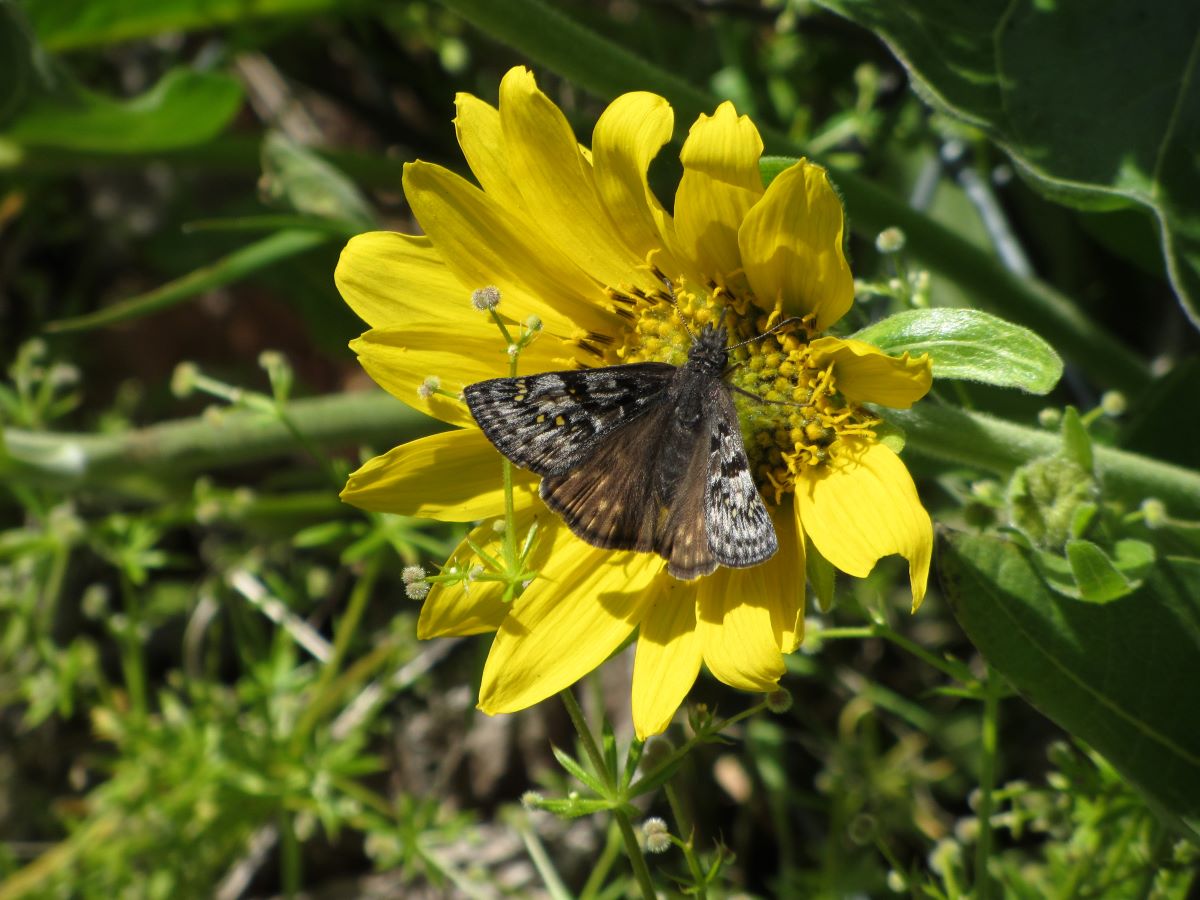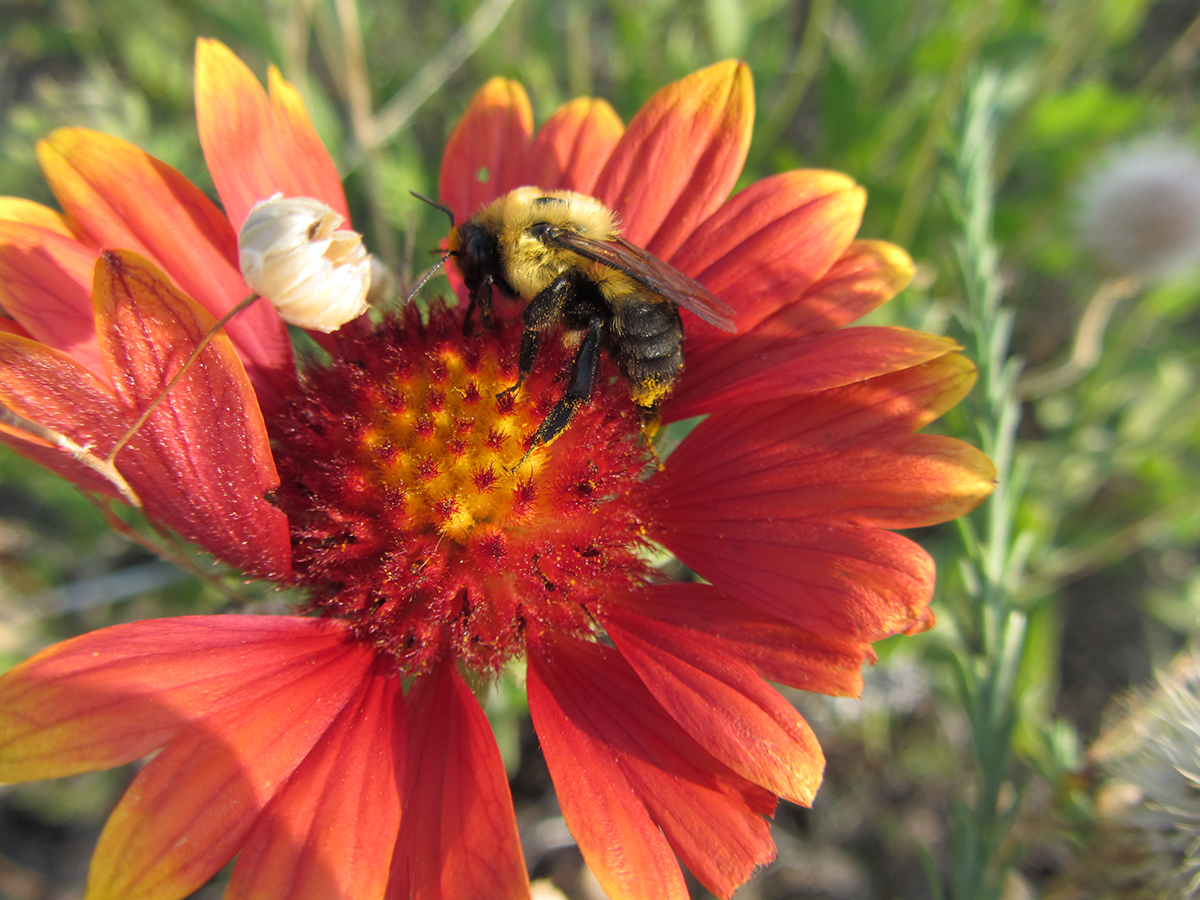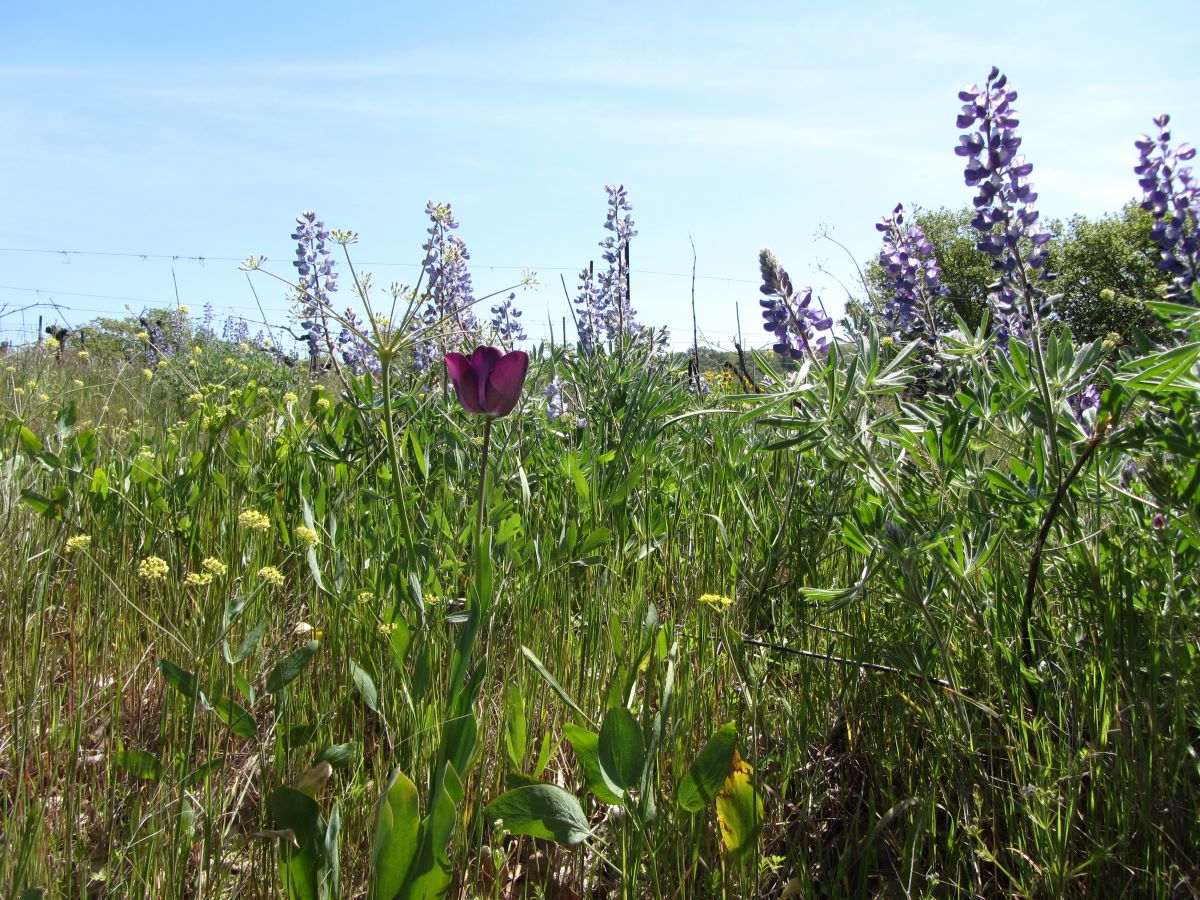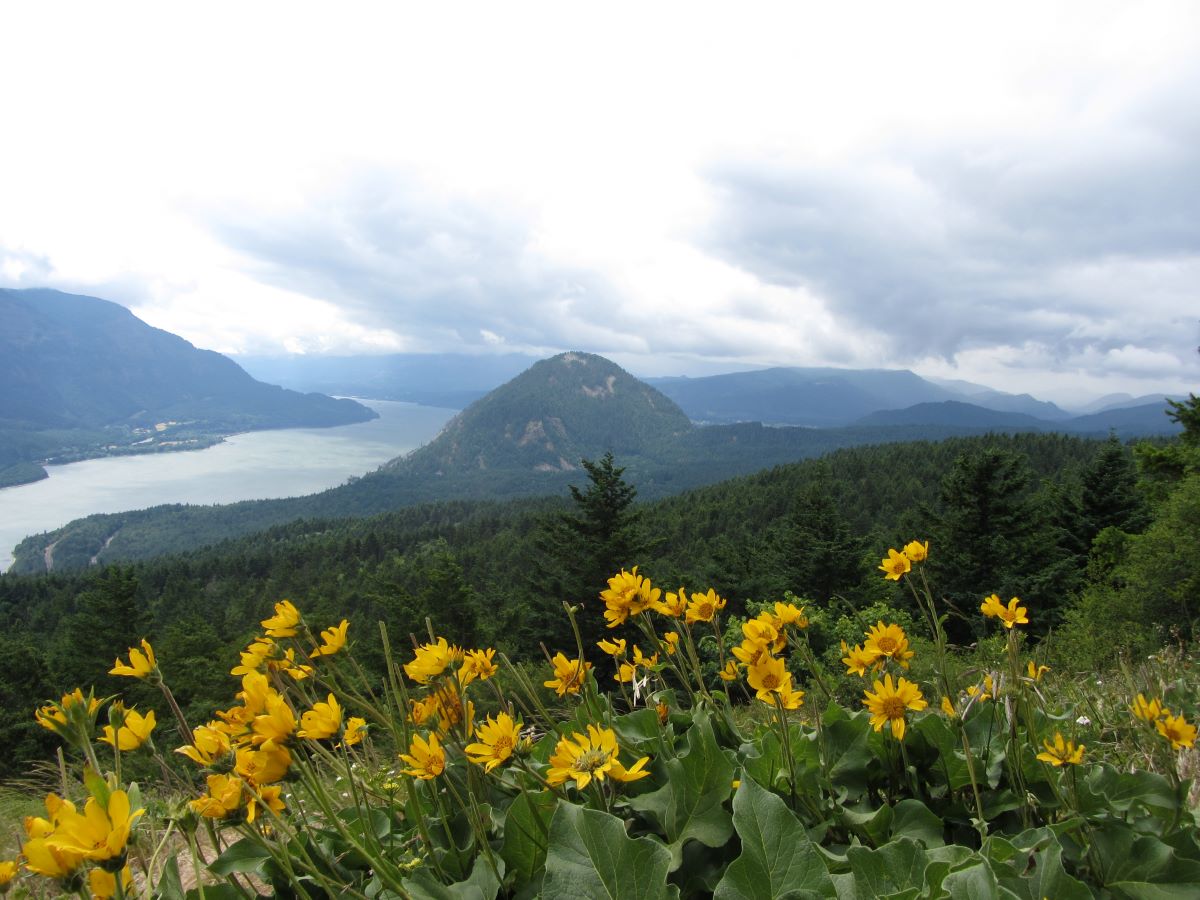Pollinator Habitat


SB 5934 also now allows municipalities to encourage construction permit applicants that include landscaping have pollinator habitat as part of that landscaping. The bill also prohibits HOAs and common interest ownerships from banning the installation of pollinator habitat, though they may set reasonable rules. These laws go into effect June 6, 2024.

Pollinator Forage List
This list has been compiled from a variety of sources, and will be updated with new information as we learn more about Washington pollinators (check out the Washington Bee Atlas for how we are identifying Washington’s bees, and the plants they pollinate). This plant list is NOT RESTRICTIVE. The initial list has focused on known bee attractive native plants. While we recommend using as many native plants as possible in your pollinator habitat designs, many non-native, non-invasive plants also provide excellent nectar and pollen resources and may be easier to source and better suited to your site. It is recommended that you not use plants that have been treated with neonicotinoids, and you should never use plant species on the Washington noxious weeds list in any landscaping.
Latest version 6/6/2024
Pollinator forage list (Excel)
Pollinator forage list guide (PDF)

For more information
The Xerces Society has many how to guides for creating pollinator habitat, including for the Pacific Northwest here: https://xerces.org/pollinator-resource-center/pnw
The Pollinator Partnership has guides by ecoregion here: https://www.pollinator.org/guides
They also have a number of guides to creating habitat in the Pacific Northwest here: https://www.pollinator.org/pollinator-habitat-guides#northwest
If you are looking for a certified sustainable landscape professional to assist in designing your pollinator habitat, ecoPRO is the certification for Washington state. You can learn more on their website: https://ecoprocertified.org/

